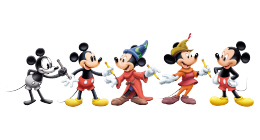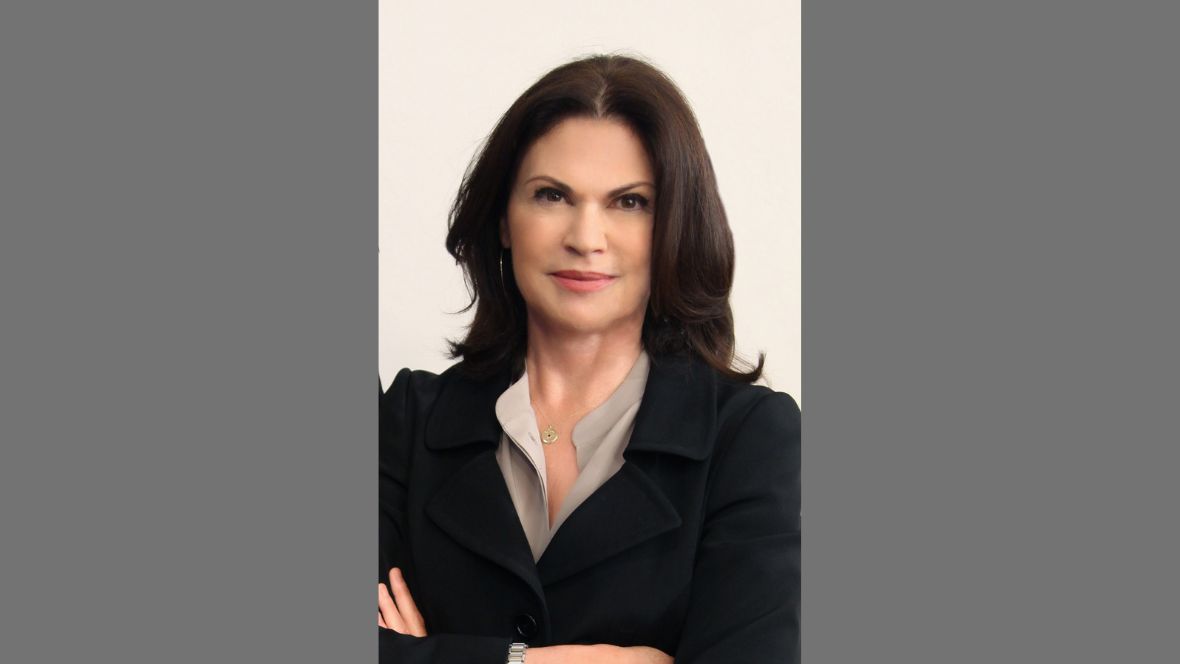For Colleen Atwood, designing costumes for movies both fabulous and fantastical is like creating her own Wonderland.
The name of this prolific costume designer appears in countless credits across some of Hollywood’s most imaginative films, including dozens of award winners. Colleen has been nominated for an Academy Award® a dozen times and has won four Oscars®, including one for Disney’s live-action reimagining of Alice in Wonderland (2010). “I feel like I’ve been lucky in the things I’ve got to work on because I’ve really been able to keep it fresh, always getting to do different kinds of things.”
Born in Ellensburg, Washington, Colleen studied painting at Cornish College of the Arts in Seattle. Working in high-fashion retail at designer boutiques during her college years influenced her strong sense of visual style and gave her a start as a fashion advisor. Moving to New York in the early 1980s, Colleen was offered an unexpected opportunity to be a production assistant in the art department for the 1981 historical drama Ragtime. She started by creating and designing accessories for dressing the set, an assignment that eventually morphed into costuming.
With this launch into film work, Colleen worked as an assistant costume designer on several films and soon got a major break working on costumes for Joe Versus the Volcano (1990) for producer Steven Spielberg. There, she met production designer Bo Welch, who introduced her to wildly imaginative filmmaker Tim Burton. “We just kind of hit it off visually in a way that works,” explained Colleen. “I’m a huge admirer of Tim’s art and his absolute ability as an artist to embrace other artists and let them do their thing.” Soon, Colleen would be the director’s “go-to” costume designer. She revealed one significant reason this director–designer collaboration has worked so well: “We don’t really have rules. We try to avoid those!” Their first film together, 20th Century’s Edward Scissorhands (1990), was the first of 12 Tim Burton movies Colleen designed costumes for, including Disney’s Alice in Wonderland and Dumbo (2019). The 2024 film Beetlejuice Beetlejuice would be the duo’s 13th collaboration.
Entering the world of Alice in Wonderland was one of the ultimate collaborations with the visually talented Tim Burton, who she says is a true visual artist and “one of a kind.” Colleen acknowledges the hard work that goes into costuming. “In Alice, the technical side of Alice’s shrinking and growing were very challenging.” She adds, “I love an odd shape, so all the bodies in Alice were wonderful fun for me. The CGI element was interesting because so much of my process is in the actual draping on a body.” Alice in Wonderland was truly a dream project for her. “The collaboration between Tim and [Disney Legend] Johnny [Depp], along with the amazing cast, made bringing such a historic piece to the world… one my favorite projects for life.”
Colleen’s most-favored status among visionary filmmakers has put her in great demand. Many of the over 50 films and television series she has costumed center on visually stunning imaginary environments that call for expansive world-building. An expert at reflecting the world of a particular film, Colleen has said that her costumes are not just what she believes they should be but are part of the whole vision of the film. The ability to cross and blend visual designs and genres for character costuming has empowered her work in such fantastic films as Chicago (2002), Memoirs of a Geisha (2005), Into the Woods (2014), Alice Through the Looking Glass (2016), Lady and the Tramp (2019), and The Little Mermaid (2023), along with Planet of the Apes (2001), Dark Shadows (2012), and the Fantastic Beasts movies as well as television series such as Masters of the Air.
Commenting on how a given wardrobe assists in cinematic storytelling, Colleen reflects, “The right costume determines the character, helps the actor feel who he is, and serves the story.” In fact, in costuming a film, the story is central. “The first step is the screenplay, then meeting with the director to understand how he sees the film. I then go into the research phase; this includes photos, prototypes, sketches, and fabric development. Once these concepts are in place, they are presented to the director and actors, then the making and fitting process evolves.”
Looking back at her extensive career and the worlds she has helped build with her costumes, this remarkable artist only sees new worlds to conquer—and create. “There are still so many kinds of films that I haven’t done,” Colleen says. “I’ve been working on movies for a long time, but it’s always exciting to take on something new and dive into a new world. Everyone is always different, which is what I love about this industry.”



